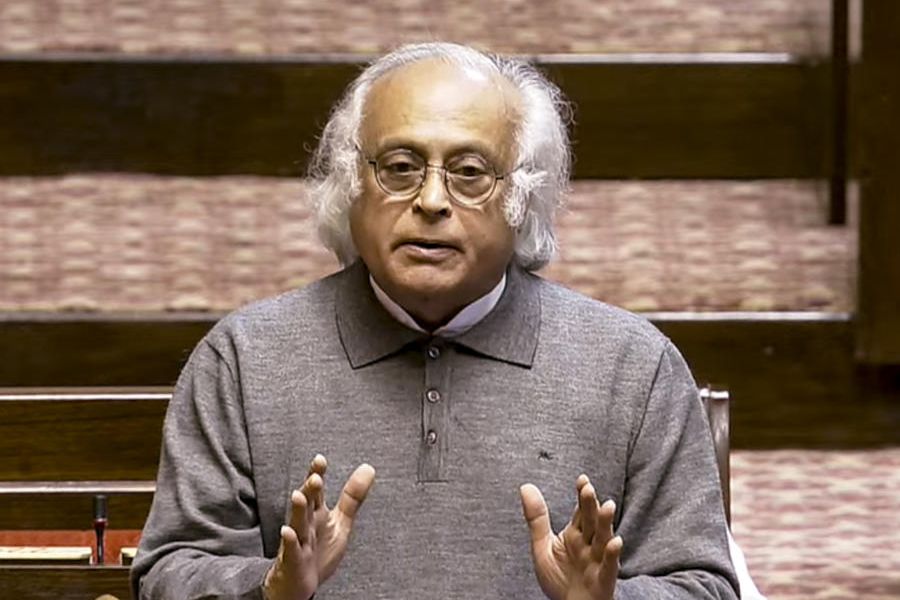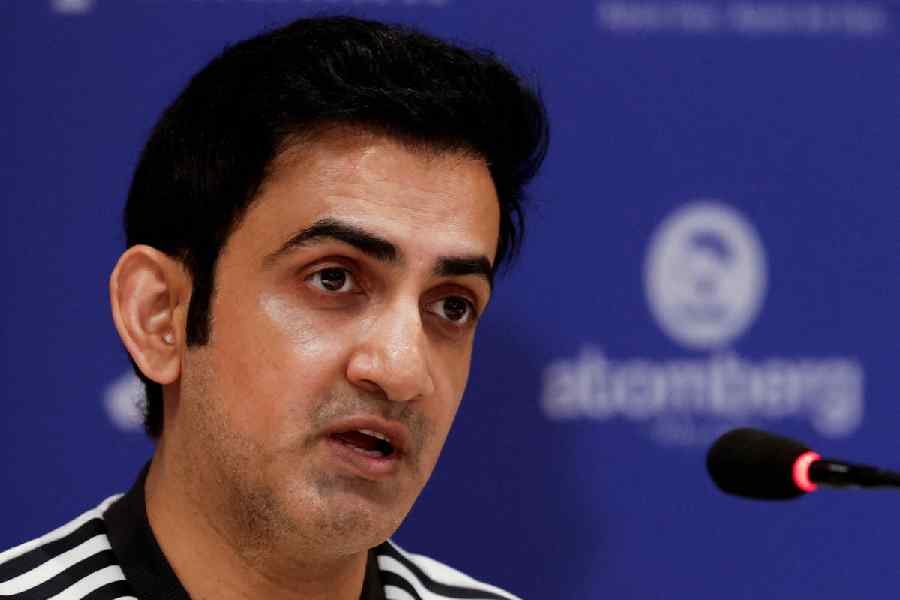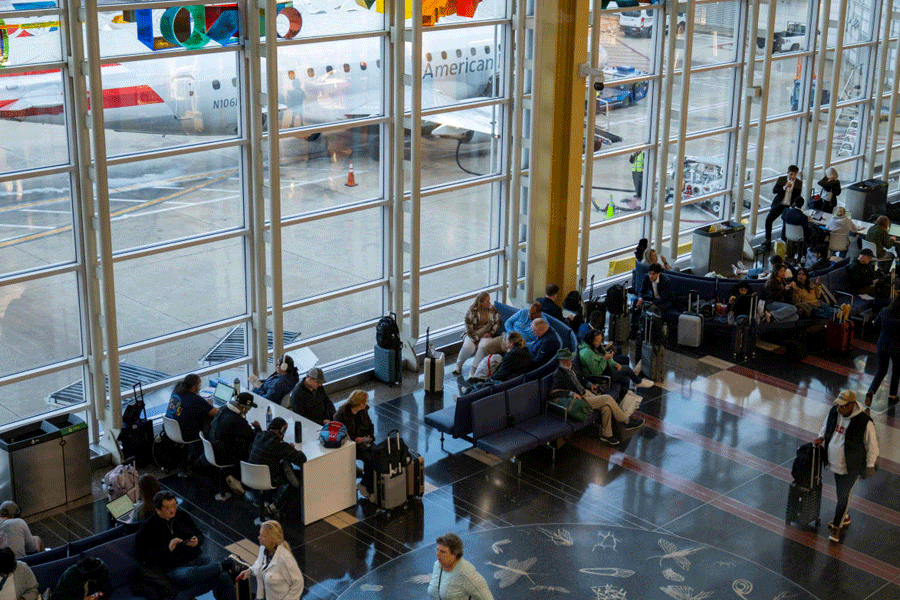Congress leader Jairam Ramesh on Monday drew attention to data from the IITs, highlighting a sharp decline in both campus placement rates and average salary packages for final-year B.Tech students between 2021-22 and 2023-24.
He said the data, prepared by the Modi government but not released, shows that the seven oldest IITs witnessed an 11-percentage-point drop in placements and a 0.2 lakh rupee fall in average salaries.
"A decline of 9 percentage points in placements and a reduction of 2.2 lakh in the average package occurred at the next eight IITs. A decline of 7.3 percentage points in placements and a reduction of Rs 1 lakh in the average package was observed at the eight newest IITs," he wrote on X.
Ramesh called this a double blow of unemployment and wage stagnation now reaching even the students of premier institutions like the IITs.
According to a Hindustan Times report on Monday, the seven first-generation IITs—Kharagpur, Bombay, Madras, Kanpur, Delhi, Guwahati, and Roorkee, were the worst affected.
Their placement rates fell from above 90 per cent in 2021-22 to 79 per cent in 2023-24, though their weighted average salaries saw a marginal dip of Rs 0.2 lakh, from Rs 25.5 LPA to Rs 25.3 LPA.
The eight second-generation IITs—Bhubaneswar, Gandhinagar, Hyderabad, Patna, Ropar, Jodhpur, Indore, and Mandi, experienced salary decline of about Rs 2.2 lakh, alongside a nine-percentage-point drop in placement rates from above 93 per cent to 84 per cent.
Among the third-generation IITs, including (BHU) Varanasi, (ISM) Dhanbad, Palakkad, Tirupati, Bhilai, Goa, Jammu, and Dharwad, placement rates fell from about 87.8 per cent to 80.5 per cent, with a Rs 1 lakh drop in salaries.
All IITs, except IIT (BHU) Varanasi, reported an increase in unplaced students between 2021-22 and 2023-24. IIT Kharagpur had the highest number of unplaced students in 2021-22 with 146, while IIT Madras led in 2023-24 with 278.
Roorkee saw the steepest fall of placements rates among first-generation IITs at 15.36 percentage points, while Kharagpur had the least decline at 2.88, during the same period.
Among second-generation IITs, Mandi recorded a 14.1-point drop in placement rates, Jodhpur the least at 3.61. In third-generation IITs, Dharwad saw a 24.64-point fall, while Goa experienced the lowest decline at 5.92.
Across the IITs, eight, including three first-generation IITs, recorded fewer companies visiting for placements.
Four of the seven first-generation IITs, Kharagpur, Bombay, Kanpur, and Guwahati, saw an increase in companies visiting for placements. IIT Guwahati recorded the sharpest rise with 286 additional recruiters, and IIT Kharagpur added 24.
“There is no placement crisis at IITs — fluctuations are normal with market changes but it is stabilising now. Job offers and student participation have increased, and only a small number remain unplaced by convocation as witnessed in exit surveys. Some withdraw over salary expectations even after receiving job offers which also affects placement percentage,” said a director of a first-generation IIT, reported Hindustan Times.
“One major reason for the drop in placement percentage is that expectations of students revolve around high packages which are rare in India. The job market itself has become uncertain with AI-related disruptions and layoffs in major companies like Amazon,” added a professor from IIT Indore.
An official from the placement team of a second-generation IIT explained that many companies have reduced requirements and prioritise hiring from older, established IITs first. “Once those seats are filled, there’s little scope left for second- or third-generation IITs.”
“Most tech companies are adopting AI, which is replacing many entry-level coding and design jobs. Since AI can handle basic programming faster and cheaper, firms are hiring fewer graduates, pushing salaries down — even in core fields like mechanical and electrical. It’s a global trend; why companies will hire a fresh coder when AI can do it in seconds?” asked a professor from IIT Goa.











